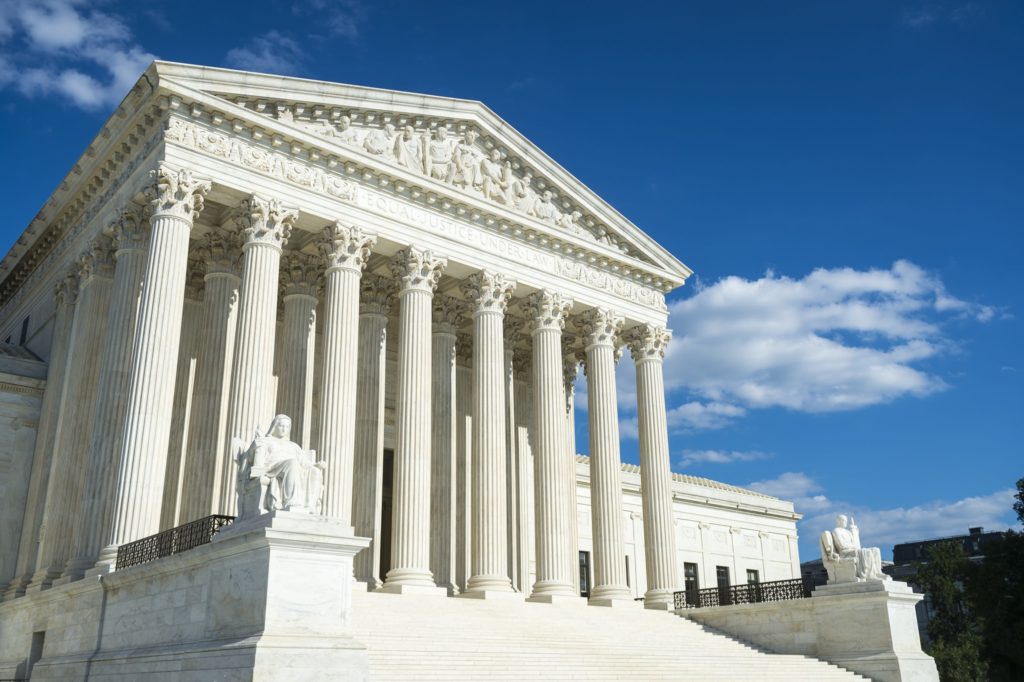California’s draft self-driving car regulations: second time’s a charm?
Quietly slipped in to the Friday afternoon news dump were updated draft regulations from the California Department of Motor Vehicles that signal a pivot from the much-maligned rules for self-driving cars the department initially released in December 2015. The new approach amounts to addition by subtraction.
Gone are provisions that prohibited testing and deploying highly automated vehicles that lack “traditional controls” like steering wheels and pedals. Moreover, vehicles capable of operating without driver inputs (that is, what are known as “Level 4” and “Level 5” vehicles, as determined by the standards-setting group SAE International) will, unlike in the original rules, be allowed to operate without a licensed driver. This marks a huge win for the elderly, the blind and those who suffer other impairments.
The updated rules excise a rather confused provision that made operators liable to comply with traffic laws, even when a vehicle is in autonomous mode. Also gone is a provision requiring automakers to submit their technologies to be tested by third-party organizations that, as yet, do not actually exist.
All this amounts to California recognizing the separation of duties between the federal government and the states when it comes to regulating motor vehicles. As outlined in the National Highway Traffic Safety Administration’s (NHTSA) recently released guidelines, the states oversee the safe operation of vehicles, while the federal government promulgates and oversees vehicle performance standards. Thus, if a vehicle complies with the NHTSA’s 15-point safety assessment, that will be enough to satisfy the state’s requirements. This opens the door for such vehicles on California’s roads, but not without some important caveats.
The DMV deserves plaudits for its flexibility, but the revised draft regulations still have some problems. For example, they require manufacturers to obtain approval from local authorities before operating vehicles on a given jurisdiction’s roads. Such an approach might lead to the very sort of regulatory patchwork the NHTSA was seeking to avoid; in fact, the patchwork would be even patchier, with local jurisdictions each applying their own rules for technologies that local authorities are ill-equipped to evaluate. The draft rules also don’t specify what constitutes a “local authority.” Will approval be needed from both the county and the municipality in which a vehicle seeks to test? This could lead to unnecessary delays as manufacturers seek to move forward with road testing.
Disappointingly, the revised DMV rules also persist in prohibiting self-driving technology for large vehicles, defined as those that weigh more than 10,001 pounds. This precludes exactly the sort of commercial vehicles that could produce the greatest economic benefits. The DMV does note that it intends to draft and distribute regulations specifically for large vehicles, but that effort cannot commence soon enough.
The draft rules also prohibit using terms that could “lead a reasonable person to believe a vehicle is autonomous,” an apparent shot at Tesla’s “autopilot” mode. While it’s reasonable to be concerned that operators understand what type of vehicle they are entering, targeting the specific term “autopilot” is unnecessary. For instance, aircraft on autopilot do not land themselves; operator interaction is still required. The prohibition just seems unnecessary in light of the operator education requirements included in the draft regulations.
Overall, while these regulations could be, and should be, refined and improved further, they are massively better than the rules released last December. Whatever spurred the DMV’s change of heart – be it a desire to conform with federal guidelines or the success of recent state legislative efforts to see highly automated vehicles begin testing on California – department staff should be congratulated for being willing to accommodate and respond to the concerns of stakeholders, commentators and Californians.







